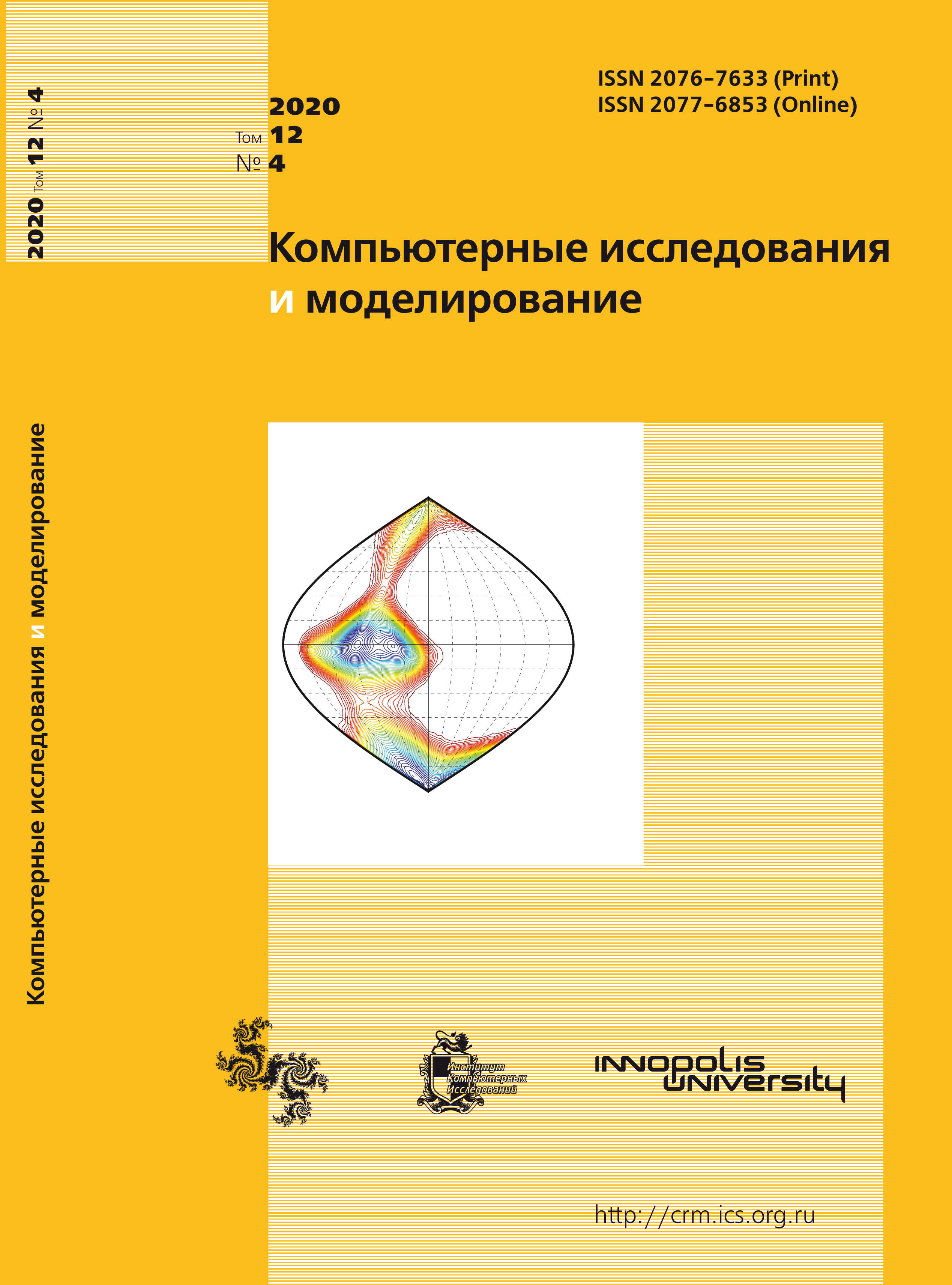All issues
- 2024 Vol. 16
- Issue 1 (special issue)
- 2023 Vol. 15
- 2022 Vol. 14
- 2021 Vol. 13
- 2020 Vol. 12
- 2019 Vol. 11
- 2018 Vol. 10
- 2017 Vol. 9
- 2016 Vol. 8
- 2015 Vol. 7
- 2014 Vol. 6
- 2013 Vol. 5
- 2012 Vol. 4
- 2011 Vol. 3
- 2010 Vol. 2
- 2009 Vol. 1
Mathematical modelling of tensegrity robots with rigid rods
 pdf (438K)
pdf (438K)
In this paper, we address the mathematical modeling of robots based on tensegrity structures. The pivotal property of such structures is the forming elements working only for compression or tension, which allows the use of materials and structural solutions that minimize the weight of the structure while maintaining its strength.
Tensegrity structures hold several properties important for collaborative robotics, exploration and motion tasks in non-deterministic environments: natural compliance, compactness for transportation, low weight with significant impact resistance and rigidity. The control of such structures remains an open research problem, which is associated with the complexity of describing the dynamics of such structures.
We formulate an approach for describing the dynamics of such structures, based on second-order dynamics of the Cartesian coordinates of structure elements (rods), first-order dynamics for angular velocities of rods, and first-order dynamics for quaternions that are used to describe the orientation of rods. We propose a numerical method for solving these dynamic equations. The proposed methods are implemented in the form of a freely distributed mathematical package with open source code.
Further, we show how the provided software package can be used for modeling the dynamics and determining the operating modes of tensegrity structures. We present an example of a tensegrity structure moving in zero gravity with three rigid rods and nine elastic elements working in tension (cables), showing the features of the dynamics of the structure in reaching the equilibrium position. The range of initial conditions for which the structure operates in the normal mode is determined. The results can be directly used to analyze the nature of passive dynamic movements of the robots based on a three-link tensegrity structure, considered in the paper; the proposed modeling methods and the developed software are suitable for modeling a significant variety of tensegrity robots.
Indexed in Scopus
Full-text version of the journal is also available on the web site of the scientific electronic library eLIBRARY.RU
The journal is included in the Russian Science Citation Index
The journal is included in the RSCI
International Interdisciplinary Conference "Mathematics. Computing. Education"






